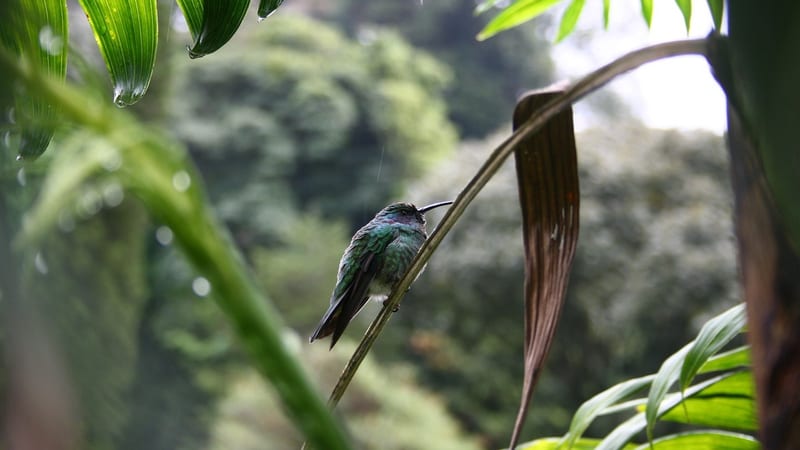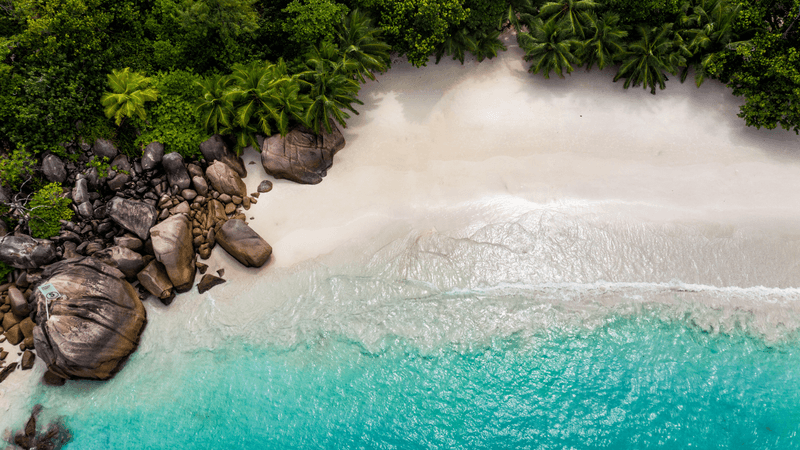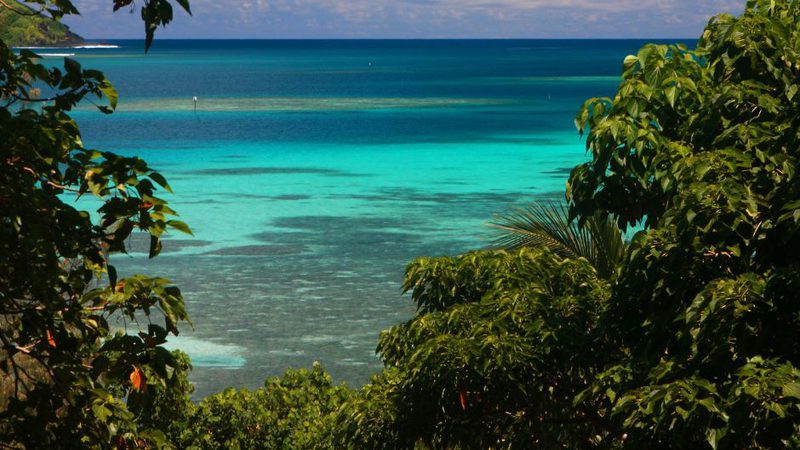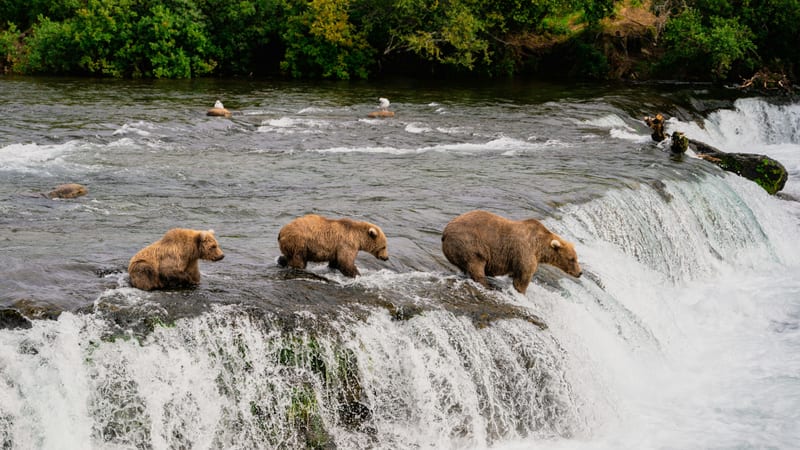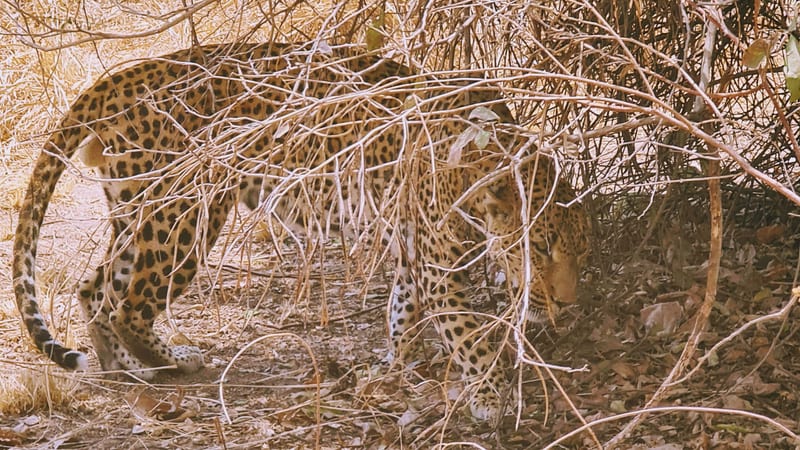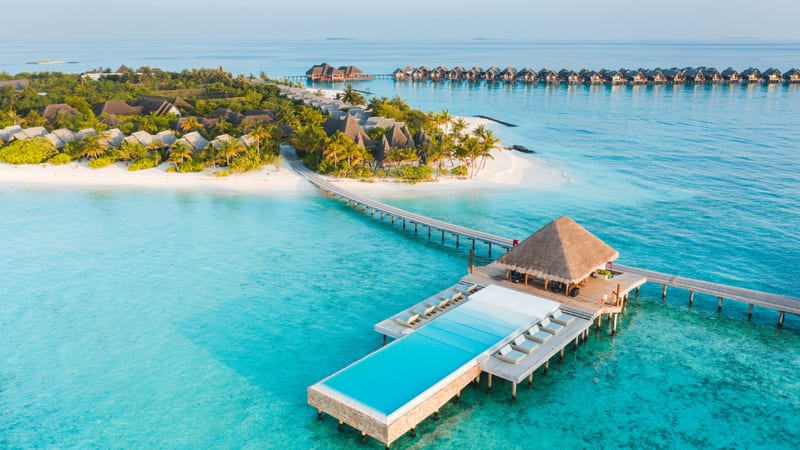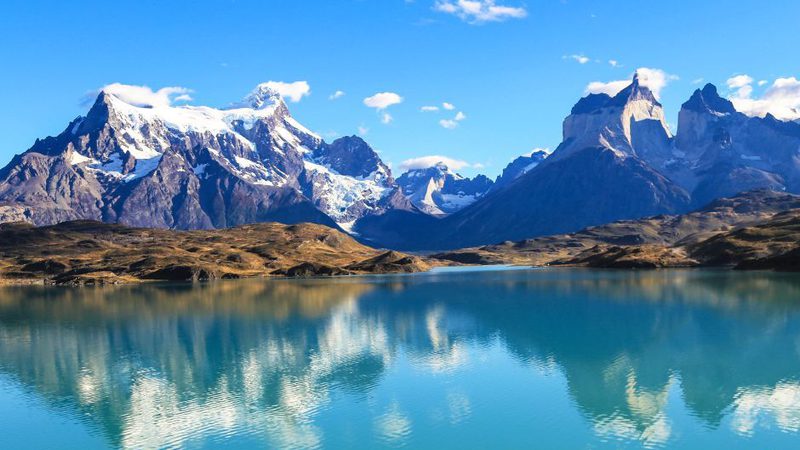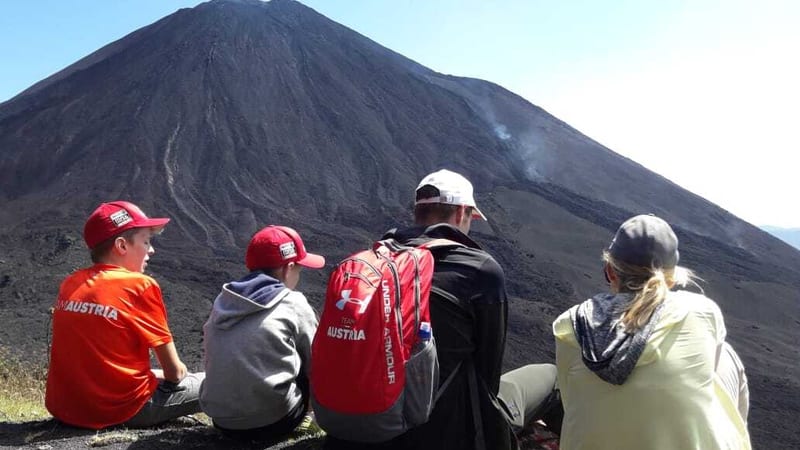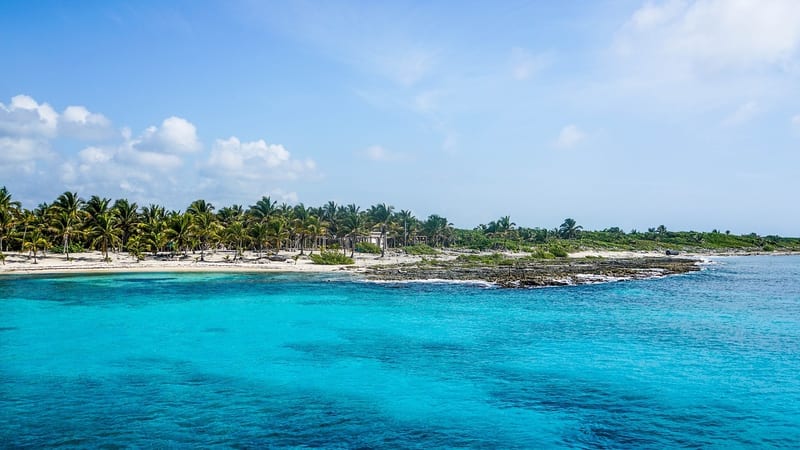Charming forest lodge offering bungalows, lemur experiences, poolside fun, and nature excursions.
Location:
Situated approximately 150 km east of Antananarivo, Vakona Forest Lodge is nestled on the edge of Andasibe-Mantadia National Park. Its location offers easy access to the park's rich biodiversity and is about a three-hour drive from the capital, making it a convenient base for wildlife enthusiasts.
Rooms:
The lodge comprises 28 bungalows, each designed in traditional Malagasy style and spread across a lush hillside. Accommodations include double, twin, triple, and family units, some featuring mezzanine levels. All rooms are equipped with en-suite bathrooms, mosquito nets, safes, minibars, and private terraces, ensuring comfort amidst nature.
Amenities:
Vakona Forest Lodge boasts a range of facilities to enhance guests' stay. These include an outdoor swimming pool, a restaurant offering French-Malagasy cuisine, a bar, a games room with billiards and table tennis, and a cozy lounge area with a fireplace. The lodge also provides canoeing opportunities on a nearby lake and has a small souvenir shop.
Activities:
Guests can engage in guided walks within Andasibe-Mantadia National Park to observe diverse wildlife, including the indri indri lemur. The lodge's private reserve features "Lemur Island," where visitors can interact closely with habituated lemurs. Other activities include birdwatching, canoeing, and horseback riding.
Alistair Visited this lodge at the end of 2024.
All in all this lodge does what it is supposed to and offers you good access to Mantadia and Andasibe National Parks. The rooms are on the small side and could do with a bit more light and updating but you won't be disappointed due to its great location and good yet simple food.
Best places to stay in Andasibe Mantadia National Park
Andasibe Mantadia National Park Trip Inspiration
When to go to Madagascar
Find out the best time to visit Madagascar with our month by month guide.
- Best
- Good
- Mixed
- Jan
- Feb
- Mar
- Apr
- May
- Jun
- Jul
- Aug
- Sep
- Oct
- Nov
- Dec
January
The cyclone season in Madagascar is between January and March, which means it's hot and wet and isn't the best time of year to travel. The east coast is generally wetter than the west or south.
February
February is the wettest month, with heavy downpours and the risk of cyclones making travel difficult, and wildlife hard to spot.
March
March remains hot and wet, with high humidity making travel uncomfortable. The south is generally a bit drier and the roads more manageable than the north
April
May
The rains have left the landscapes looking green and lush, and now is a great time to try and spot the famous lemurs. The tourists haven't yet arrived en-masse so accommodation is cheaper and easier to find. There are still a few rain showers, but sun prevails, making May an excellent overall choice for travel.
June
With the rain finally subsiding, the air becomes fresh and cool, with sunshine and just a few showers punctuating the day. It's a great time to travel across much of the country, and still outside of peak season it's easier to find accommodation at good prices.
July
July is the beginning of the peak season, with dry weather and lower temperatures meaning this is a great time to go trekking or explore the rainforests. Lemurs and other forest dwellers have come out of hiding, and humpback whales gather to calve offshore, with sightings frequent between now and September. July is one of the best times to visit Madagascar.
August
August is similar to July, with comfortably cool temperatures and sunny skies. It's another good month for whale watching, and for exploring Madagascar's many regions.
September
Want to see a baby lemur? Now is the time to visit, when lemurs give birth. The cooler weather is at an end, and temperatures begin to rise, bringing with them a few showers in anticipation of the approaching rainy season. It's quieter than July and August, and therefore an ideal month to visit Madagascar. Whale watching is still on the cards too.
October
Baby lemurs are still hopping around during October, and the warmer weather means it's an excellent time for the beaches and snorkelling in the turquoise ocean. Keep an eye out for the blooming purple jacarandas, and see if you can spot fossas in the western forests.
November
Increasing temperatures around Madagascar mean hot days, but the arrival of short rain showers helps cool things down. Wildlife is very active during November, so it's a great time for lemur spotting, as well as birds during their breeding season.
December
December is the start of the wet season in Madagascar, with high temperatures (the hottest of the year) and short, sharp rain showers. It's a bit cooler and drier in the south west of the island. It's a quieter time to travel, and if you visit at the beginning of the month, the beaches will still be glorious.
Speak to a Madagascar expert today
and start planning your tailor-made holiday

Alistair





